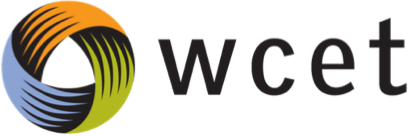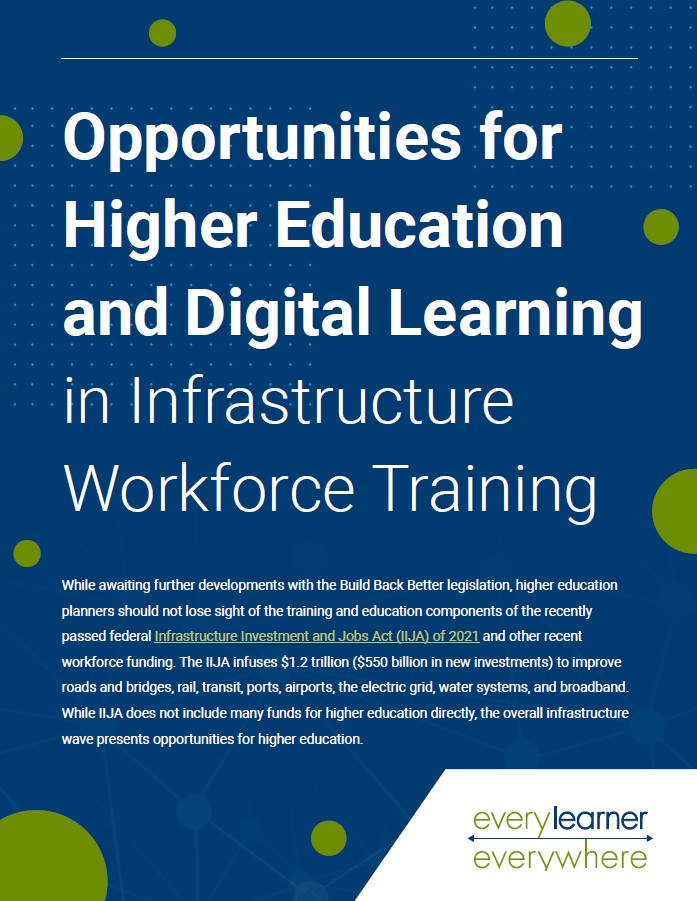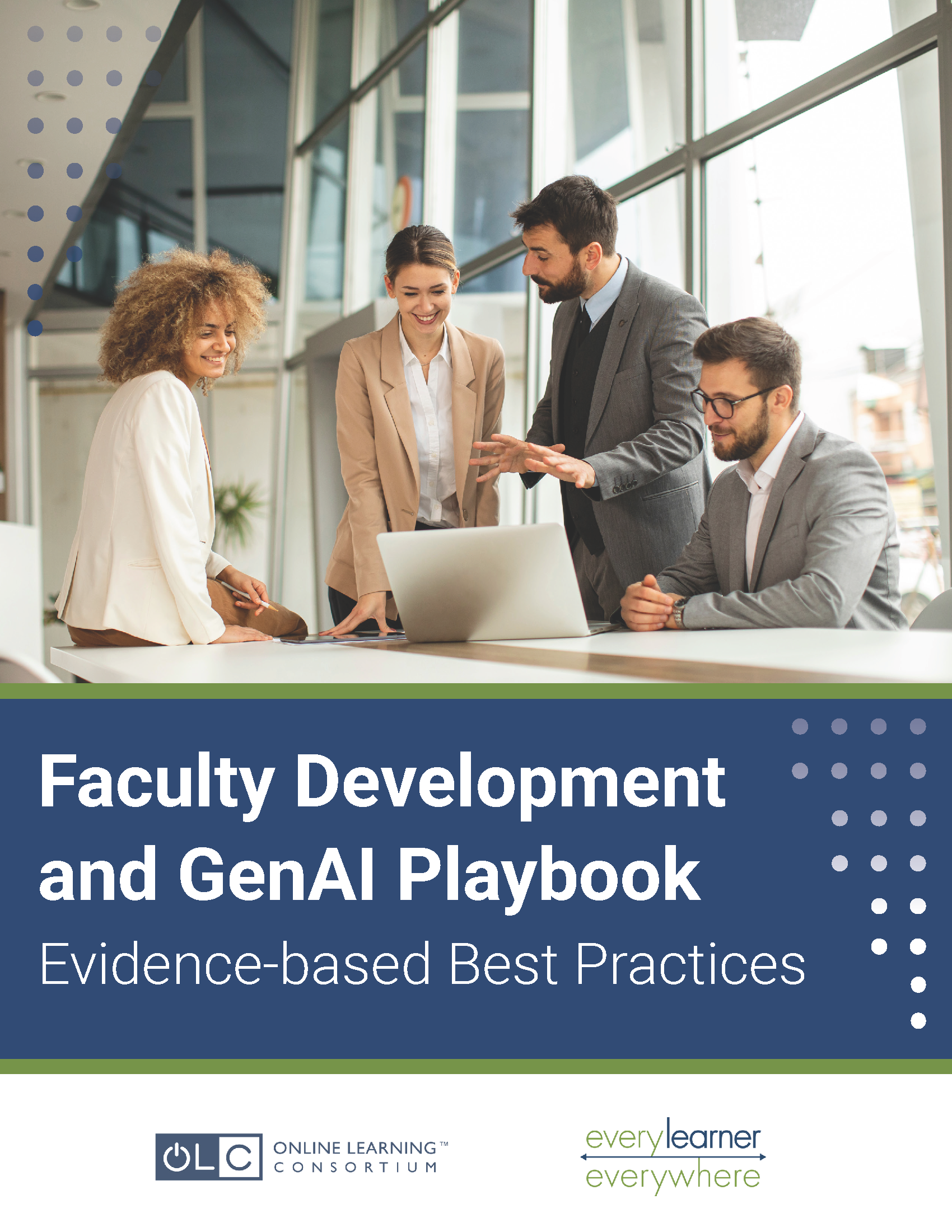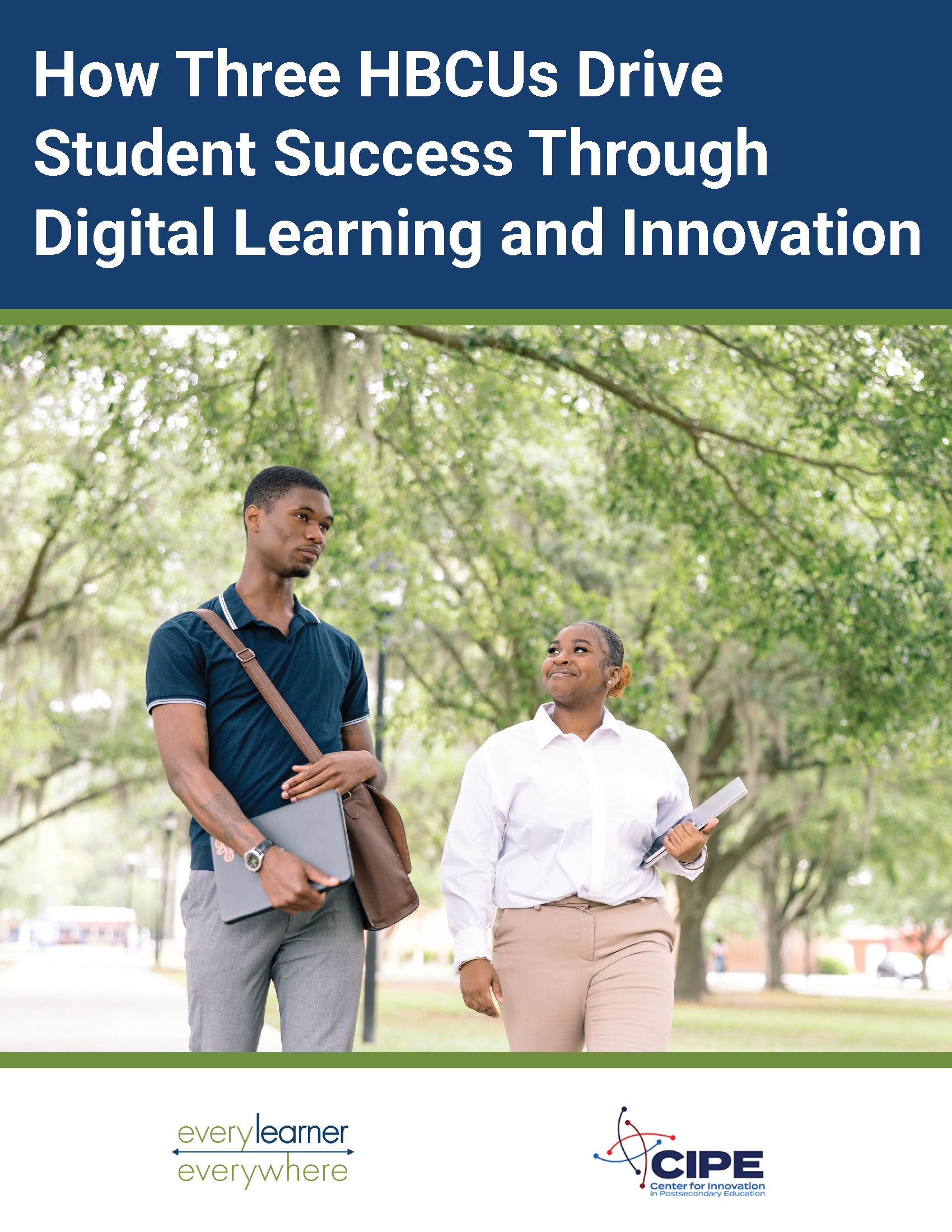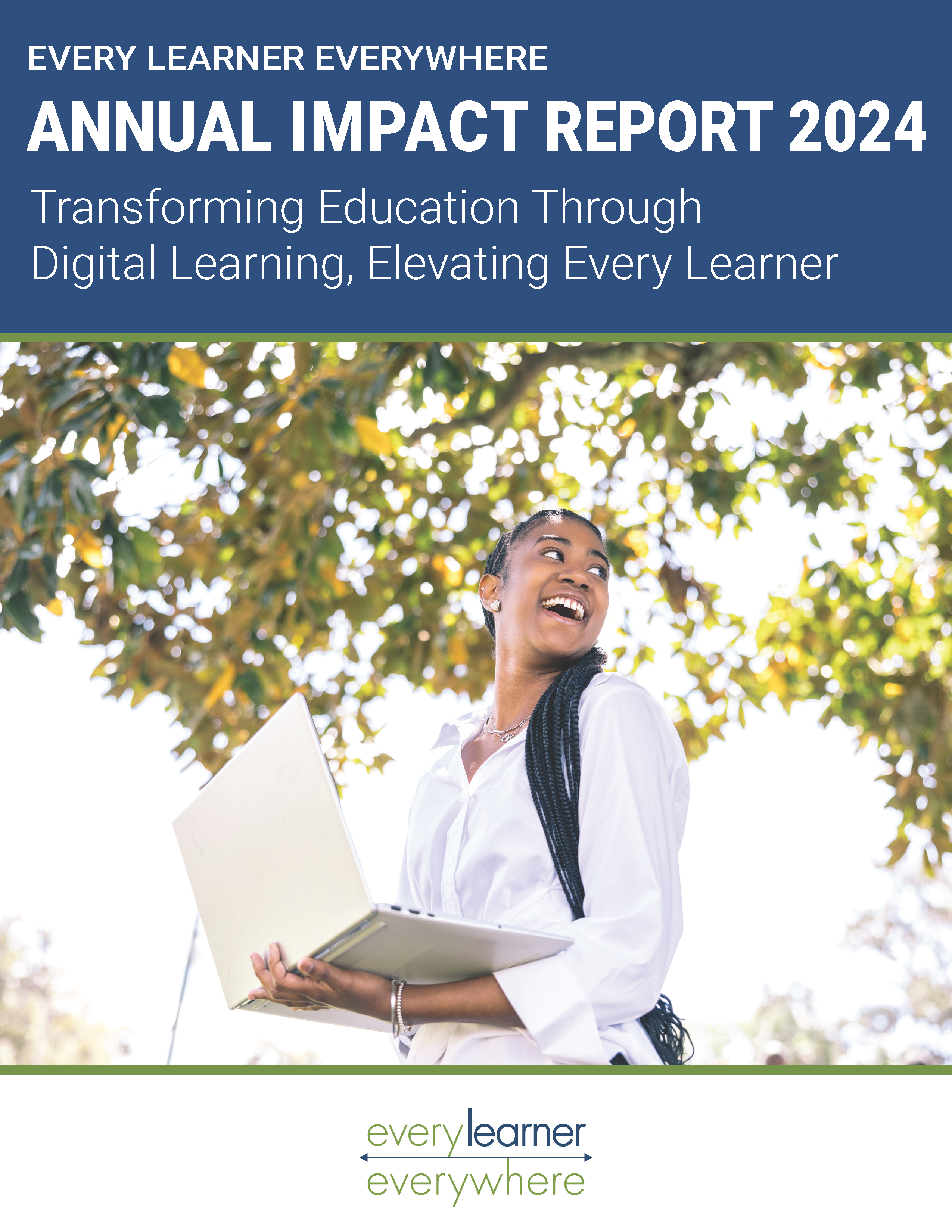While awaiting further developments with the Build Back Better legislation, higher education planners should not lose sight of the training and education components of the recently passed federal Infrastructure Investment and Jobs Act (IIJA) of 2021 and other recent workforce funding. The IIJA infuses $1.2 trillion ($550 billion in new investments) to improve roads and bridges, rail, transit, ports, airports, the electric grid, water systems, and broadband. While IIJA does not include many funds for higher education directly, the overall infrastructure wave presents opportunities for higher education that are outlined in this brief.
Download Opportunities for Higher Education and Digital Learning in Infrastructure Workforce TrainingRecommended citation:
Lane, P., Bransberger, P., and Davis, V. (2022, April 25) Opportunities for Higher Education and Digital Learning in Infrastructure Workforce Training. WCET and Every Learner Everywhere®. https://www.everylearnereverywhere.org/resources/opportunities-for-higher-education-and-digital-learning-in-infrastructure-workforce-training/
Other Related Resources
May 2025
In this annual impact report, read about the network’s impact in areas of the services we provide institutions, our thought leadership in the field, and engagements with students. In addition, we recap our 2024 network convening, spotlight institutional services, feature our student interns, and give readers a preview of what’s next for the network in 2025.


